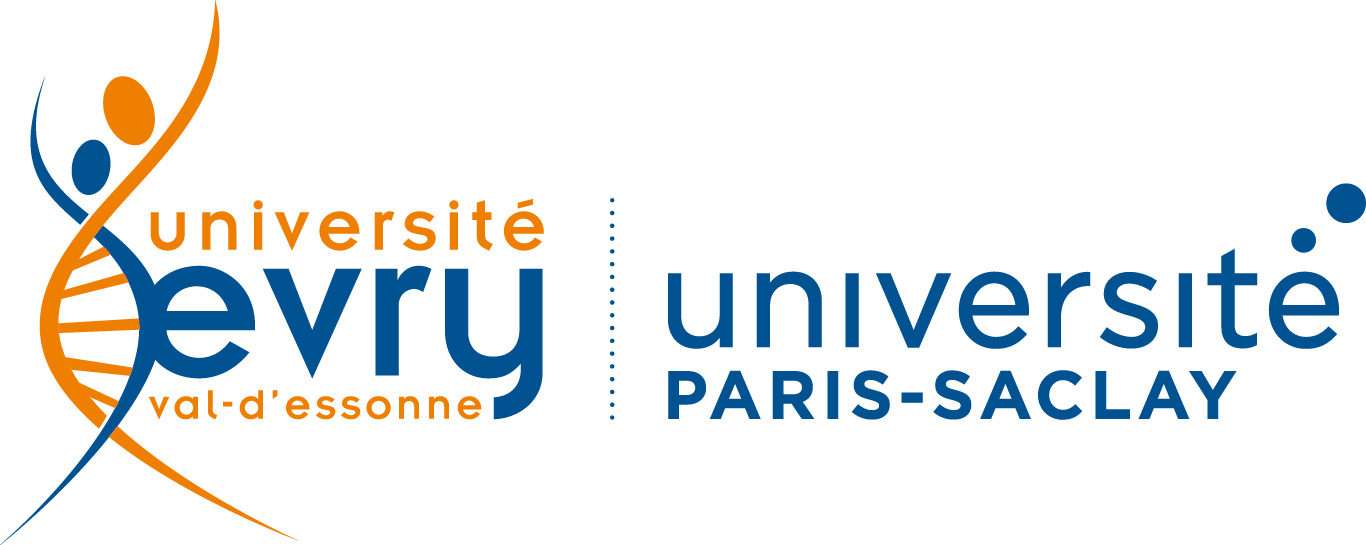In Silico Structural Prediction for the Generation of Novel Performant Midi-Dystrophins Based on Intein-Mediated Dual AAV Approach
Résumé
Duchenne Muscular Dystrophy (DMD) is a pediatric disorder characterized by progressive muscle degeneration and premature death, and has no current cure. The current, most promising therapeutic avenue is based on gene replacement mediated by adeno-associated viruses (AAVs) using a shortened, but still functional, version of dystrophin, known as micro-dystrophin (µDys), to fit AAV capacity. The limited improvements observed in clinical trials suggest a sub-optimal performance of µDys in the human context that could be due to the lack of key domains in the protein. Therefore, expressing larger dystrophin proteins may be necessary for a more complete correction of the disease phenotype. In this study, we developed three novel midi-dystrophin constructs using a dual-AAV approach, leveraging split-intein-based protein trans-splicing. The midi-dystrophins include additional domains compared to µDys, such as the central cytoskeleton-binding domain, nNOS and Par1b interacting domains, and a complete C-terminal region. Given the limited capacity of each AAV vector, we strategically partially reduced hinge regions while ensuring that the structural stability of the protein remains intact. We predicted the interactions between the two halves of the split midi-Dys proteins thanks to the deep learning algorithm AphaFold3. We observed strong associations between the N- and C-termini in midi-Dys 1 and 2, while a weaker interaction in midi-Dys 3 was revealed. Our subsequent experiments confirmed the efficient protein trans-splicing both in vitro and in vivo in DBA2/mdx mice of the midi-Dys 1 and 2 and not in midi-Dys 3 as expected from the structural prediction. Additionally, we demonstrated that midi-Dys 1 and 2 exhibit significant therapeutic efficacy in DBA2/mdx mice, highlighting their potential as therapeutic agents for DMD. Overall, these findings highlight the potential of deep learning-based structural modeling for the generation of intein-based dystrophin versions and pose the basis for further investigation of these new midi-dystrophins versions for clinical studies.
| Origine | Fichiers éditeurs autorisés sur une archive ouverte |
|---|





